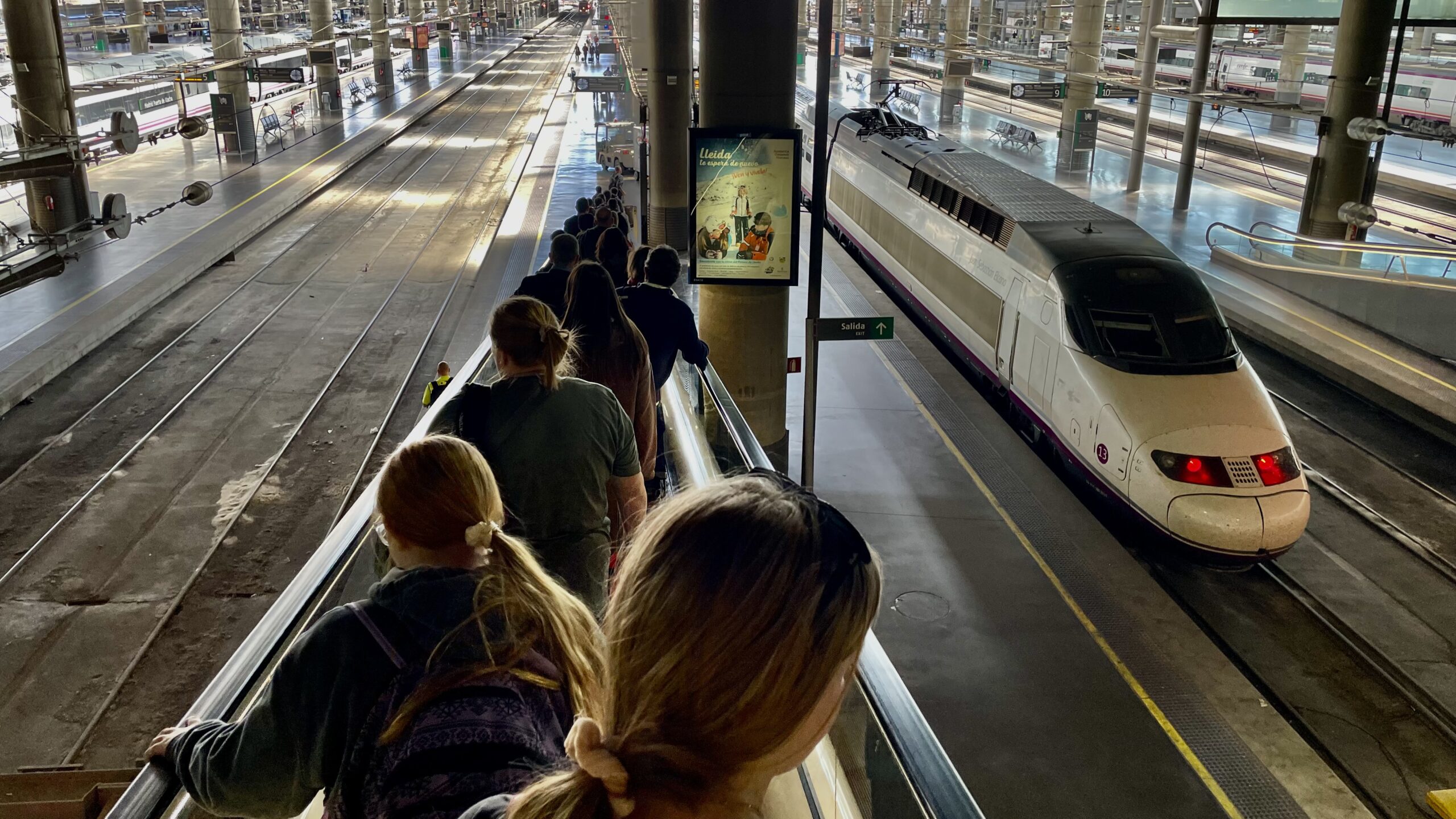Traveling around Spain is a rewarding experience, offering a mix of modern infrastructure and historical charm. Whether you’re exploring bustling cities or picturesque countryside, understanding the local transportation options and customs can make your journey smoother and more enjoyable. Here are some essential tips and customs to keep in mind when using transportation in Spain.
Public Transportation
Spain boasts an efficient and extensive public transportation network, including trains, buses, and metros. Here’s what you need to know about each mode:
Trains
Renfe, Spain’s national railway company, operates high-speed trains (AVE), regional trains (Media Distancia), and local commuter trains (Cercanías). The AVE trains are particularly popular for travel between major cities like Madrid, Barcelona, and Seville, offering speed and comfort.
- Booking: It’s advisable to book tickets for long-distance trains in advance, especially during peak seasons. Tickets can be purchased online, at train stations, or via mobile apps.
- Punctuality: Trains in Spain are generally punctual, so arrive at the station with some time to spare.
- Luggage: There are luggage storage areas in each car, and most trains have no strict luggage weight limits, but it’s good to be mindful of space.
Buses
Intercity buses are a cost-effective way to travel across Spain, with companies like ALSA and Avanza offering extensive routes. Buses are a great option for reaching smaller towns and rural areas.
- Comfort: Modern buses are equipped with air conditioning, Wi-Fi, and comfortable seating.
- Tickets: Tickets can be bought online, at bus stations, or directly from the driver in some cases.
Metro
Major cities like Madrid, Barcelona, and Valencia have efficient metro systems. Metros are ideal for navigating within cities and avoiding traffic congestion.
- Tickets: Purchase single-ride tickets, day passes, or multi-trip cards at metro stations.
- Etiquette: During rush hours, metros can be crowded. Allow passengers to exit before boarding and offer your seat to elderly or disabled passengers.
Taxis and Ride-Sharing
Taxis are widely available in cities and towns. Official taxis are metered and identifiable by a green light or a taxi sign on the roof.
- Hailing a Taxi: You can hail a taxi on the street, at taxi ranks, or book one via phone or mobile apps like Free Now.
- Tipping: Tipping is not mandatory but rounding up the fare or leaving a small tip (around 5-10%) is appreciated.
- Ride-Sharing: Services like Uber and Cabify operate in several Spanish cities, offering a convenient alternative to traditional taxis.
Car Rentals
Renting a car gives you the freedom to explore Spain at your own pace, especially in regions with limited public transport.
- Requirements: You’ll need a valid driver’s license, a credit card, and an international driving permit if your license is not from the EU.
- Driving Etiquette: Drive on the right side of the road, and be aware of speed limits and traffic signs. Parking can be challenging in city centers, so look for designated parking areas or garages.
- Fuel: Gas stations are plentiful, and most accept credit cards. Note that some rural stations may only accept cash.
Cycling
Cycling is a popular and eco-friendly way to explore cities and scenic routes in Spain. Many cities have dedicated bike lanes and bike-sharing programs.
- Bike Rentals: Rent bikes from local shops or use bike-sharing schemes available in cities like Madrid (BiciMAD) and Barcelona (Bicing).
- Safety: Wear a helmet, use bike lights at night, and follow traffic rules. Be mindful of pedestrians in shared spaces.
Air Travel
For long-distance travel, domestic flights are a time-saving option. Major airlines like Iberia, Vueling, and Air Europa connect major cities and islands.
- Airports: Spain’s major airports include Madrid-Barajas, Barcelona-El Prat, and Málaga-Costa del Sol. Smaller airports serve regional destinations.
- Security: Arrive at the airport at least two hours before domestic flights. Security procedures are similar to those in the United States.
Cultural Tips
- Patience: Spaniards are generally laid-back and patient. Expect transportation to be relaxed rather than rushed.
- Respect for Personal Space: While Spaniards are friendly, they also respect personal space in public transport. Keep conversations at a moderate volume and avoid blocking aisles.
By understanding these transportation options and customs, Americans can navigate Spain with confidence and ease. Embrace the journey, enjoy the diverse landscapes, and immerse yourself in the vibrant culture of this beautiful country.




